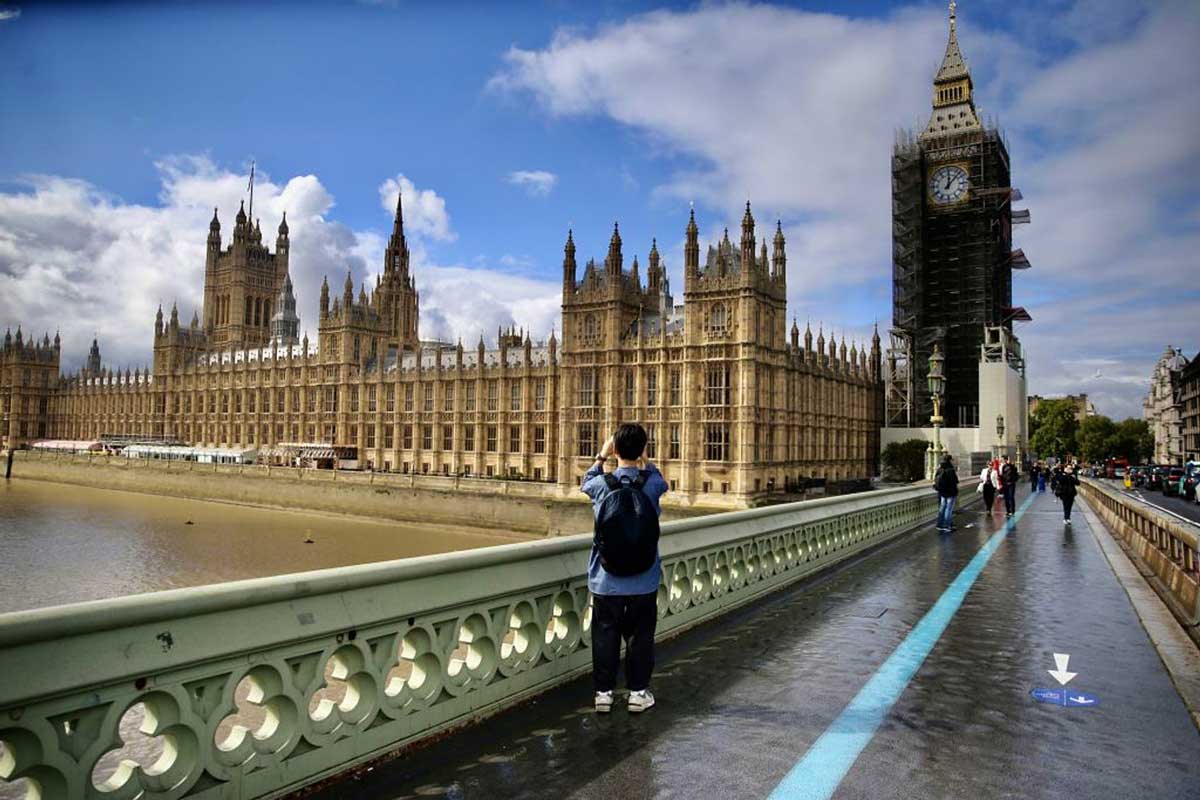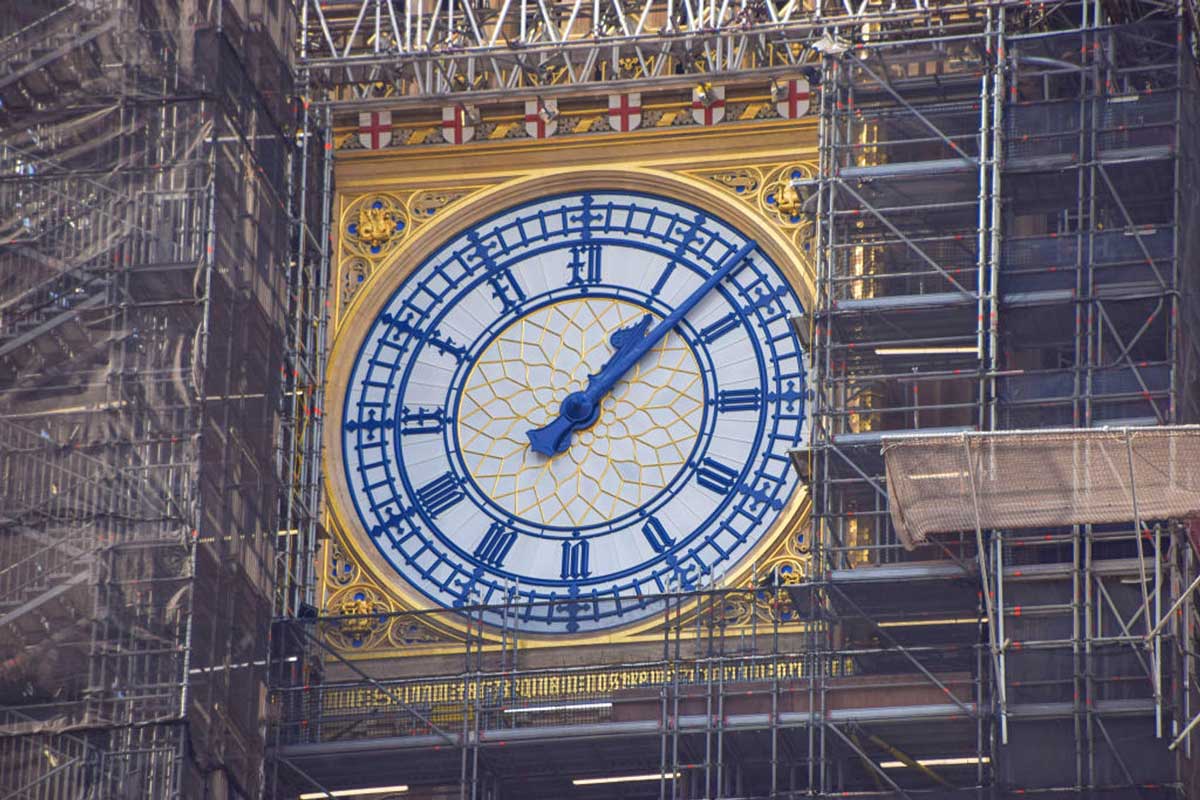The London landmark, officially known as the Elizabethan Tower, has been covered with scaffolding for many years, on which renovations are underway, and the famous bell has been silent since 2017, which happens extremely rarely in its 162-year history. But progress is evident.
At the end of November, one of the watch faces was unveiled with new blown glass panels and expertly restored details, including Prussian blue hands and numbers instead of the old black ones – a historically accurate nod to the original color scheme of the Victorian building.
The tradition of celebrating the New Year on the Thames bridges to the ringing of Big Ben has already become a tradition, and all four clock faces should be visible again by December 31, when the clock will be broken off for the last time using a temporary electrical mechanism, according to a statement from the UK Parliament.

“By the New Year, people will start to see a big difference; they will start returning their tower,” project manager Nicholas Sturge told Reuters. “The rooftops will be fully visible along with the four clock faces.” The government expects the clock to start working again in gravity by the spring, at which time the bell will return to its normal schedule.
Since 2017, a team of architects, watchmakers, engineers, and traditionally trained artisans have been working on the 19th century building, restoring parts and solving structural problems such as masonry collapse and metal corrosion.
Big Ben, located in the Houses of Parliament (technically called Westminster Palace), is allegedly named after Benjamin Hall, the chief commissioner for building, when the bell began to ring in 1859. An iconic London landmark, it was ranked 8th most visited paid attractions in the capital in 2020, according to the city’s tourism office.

